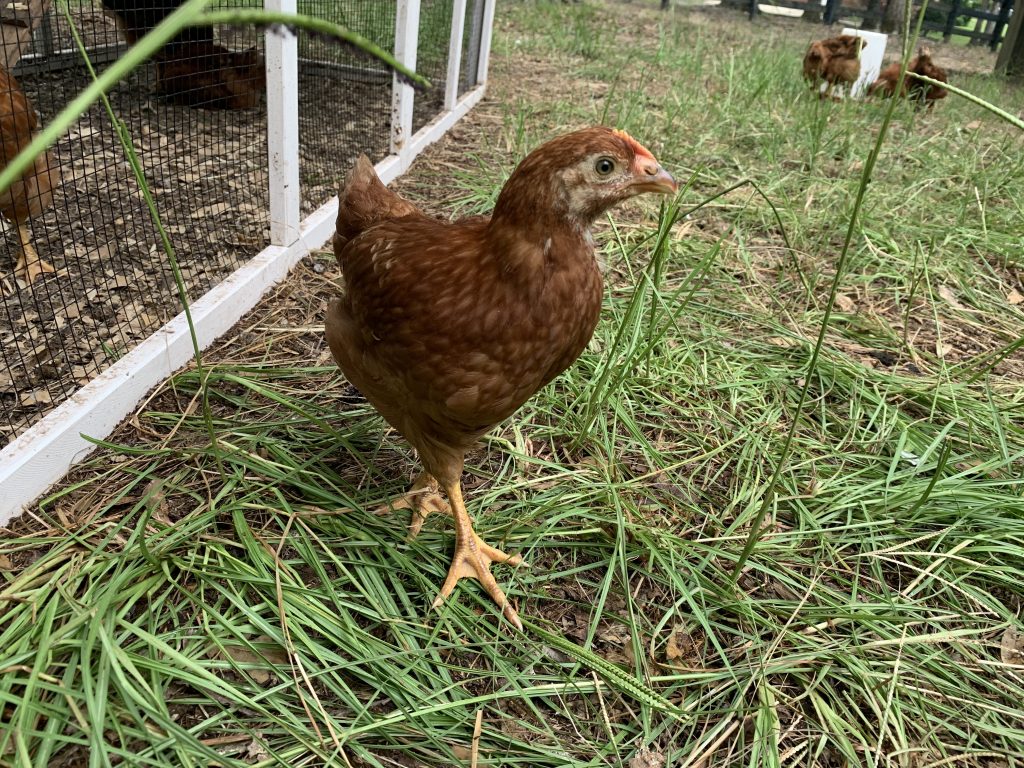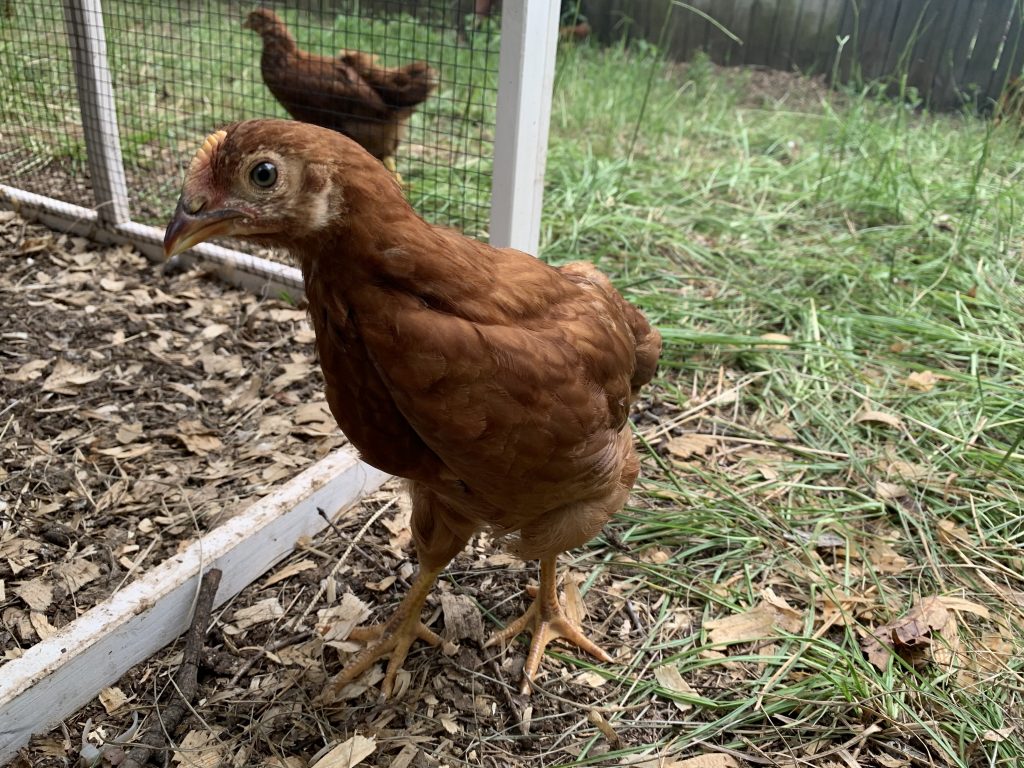Two Truths and a Lie
Have you ever played that game “Two Truths and a Lie” with your friends or colleagues? It is often used as an ice breaker activity, or on the odd occasion, a drinking game. The premise is simple, each person tells two truths about themselves and one lie. The rest of the group is tasked with discovering which statement is the lie. Often times, players make outlandish statements that are sprinkled with a tiny bit of truth for their lie.
This game is not much different from the way food is marketed to us. The words used to market food to the masses, in America, are bold, catchy, and have a slight bit of twisted truth to them. Food marketing is similar to a resume where the food marketed to consumers is the potential employee, and the consumer is the employer. Consumers want the best candidate, and the typical buzzwords: organic, all natural, GMO free, free range, cage free, and no added hormones, appeal to the boxes consumers have on their checklist.
What many consumers don’t realize is that those words are often times nothing more than pleasing words. They hold no inherent meaning and are left up to interpretation of the the marketing team. The USDA and FDA have watery definitions and guidelines posted for the appropriate usage of these terms. One interesting deviation from this is “USDA certified organic”. Foods containing the label “USDA certified organic” must meet a list of conditions set forth by the USDA. These conditions, however, are not very strenuous and still lead to misleading marketing labels on our food.
There are numerous blog posts out there similar to this one, but it took a great deal of research from highly reputable sources to come to this conclusion for myself. One fantastic resource, in fact it is one of the documentaries that led us on our farm journey in the first place, is “Super Size Me 2: Holy Chicken!”. Love or hate Morgan Spurlock, he is a brilliant documentarian and catalyst for change in the food industry.
Spurlock reveals some uncomfortable truths about the agriculture industry, particularly the chicken industry. One of those being the monopoly “Big Chicken” (please research these players in the industry) has on the market. “Big Chicken” not only controls the market itself, but also controls the farmers by instituting a ranking system, similar to a playoff in sports. While this in and of itself is not the ugliest truth, it is an important truth American society doesn’t even know exists.
If you’re like me, you assume “Big Chicken” maintains and controls their own farms, but instead they subcontract that work to small farmers. Due to the ranking system implemented, farmers are forced to compete with one another for the best price for their birds. Price is dependent on a number of things, one of those being the current mood of “Big Chicken”. Farmers can be blacklisted in an instant, ranking at the bottom of the list indefinitely, no matter the quality of birds provided for harvest. The rank determines the price per bird, ultimately determining whether or not the farmer made money on the harvest. Many of these farmers are millions of dollars in debt and have no choice but to keep slogging along in the broken system. They have so much invested that financial recovery through selling chicken or death are their only two options.
Sticking with our chicken example, another commonly used phrase on packaging of products is “no added hormones”. What most consumers don’t realize is that use of growth hormones in chicken is illegal in the United States, and has been illegal since the 1950s/1960s (research I found is conflicting on the date). This is one of those “truths” tossed onto packaging to make it more appealing.
Another “truth” often sprinkled onto packaging is “cage free”. This phrase is generally an exaggerated truth, particularly in the case of meat birds. The definition of “cage free” does not mean the chicken you are about to consume lived a beautiful life on a green pasture, foraging for grass and bugs. Instead, the majority of chicken you consume for meat is raised in a warehouse setting where the birds are crammed so tightly in that to walk through the warehouse floor, you inadvertently step on a chicken or two, killing it in the process. These birds grow so fast their hearts begin to give out, their legs begin to break, and their feathers never fully come in before harvest. Meat birds don’t see a cage until harvest day, on which they are shoved as tightly as possible in tiny cages, and stacked on top of one another in the slaughter truck.

Yummy grass! 
Bug treats for me? 
Chicken tractor housing unit
Similarly, the phrase holds very little weight when referring to hens used for egg laying. Typically, egg laying hens are housed in cages, piled high and crammed tight. The difference in cage free hens is that they are raised in conditions similar to those of meat birds, crammed into a warehouse with a small amount of space to stretch and walk around. Caged hens don’t have this luxury.
See what I mean about “exaggerated truths”? Now let’s move on to our outright lies. One of the biggest lies regarding chicken is “free range”. When you imagine a “free range” chicken, you are probably imagining a chicken out in a beautiful green pasture that freely gets to walk about, feel the sunshine, and snack on bugs. Would it blow your mind if I told you there is no real definition of “free range” according to the USDA? In order for chicken to be labeled as “free range”, the chicken must simply have ACCESS to the outside. This access can be something as simple as a door that leads to the outside world. That door doesn’t have to be open. They just have to have access. A farmer could create a 1’x1′ square space outside the warehouse barn for the chickens to “access”, and that is considered “free range”.
Consumers are essentially constantly playing a game of two truths and a lie when it comes to the marketing labels on their food. The cost of this game is quite literally costly. These exaggerated truths, and outright lies, placed on packaging allow marketing teams to slightly increase the price of their product because it is more appealing to the consumer who thinks they are buying a better and more healthy product. Sadly, this doesn’t just happen with chicken. This is a broad problem across the entire food production chain, and consumers are the ones to pay the price.


